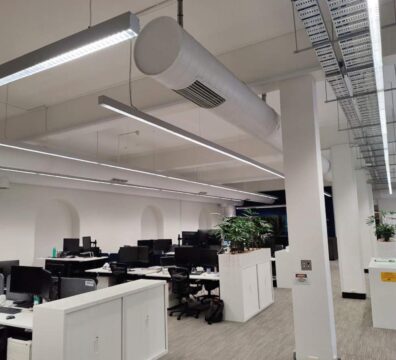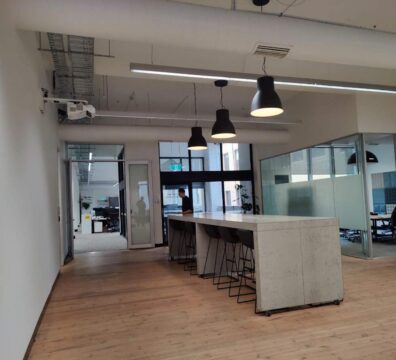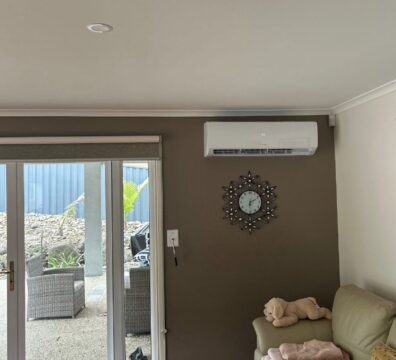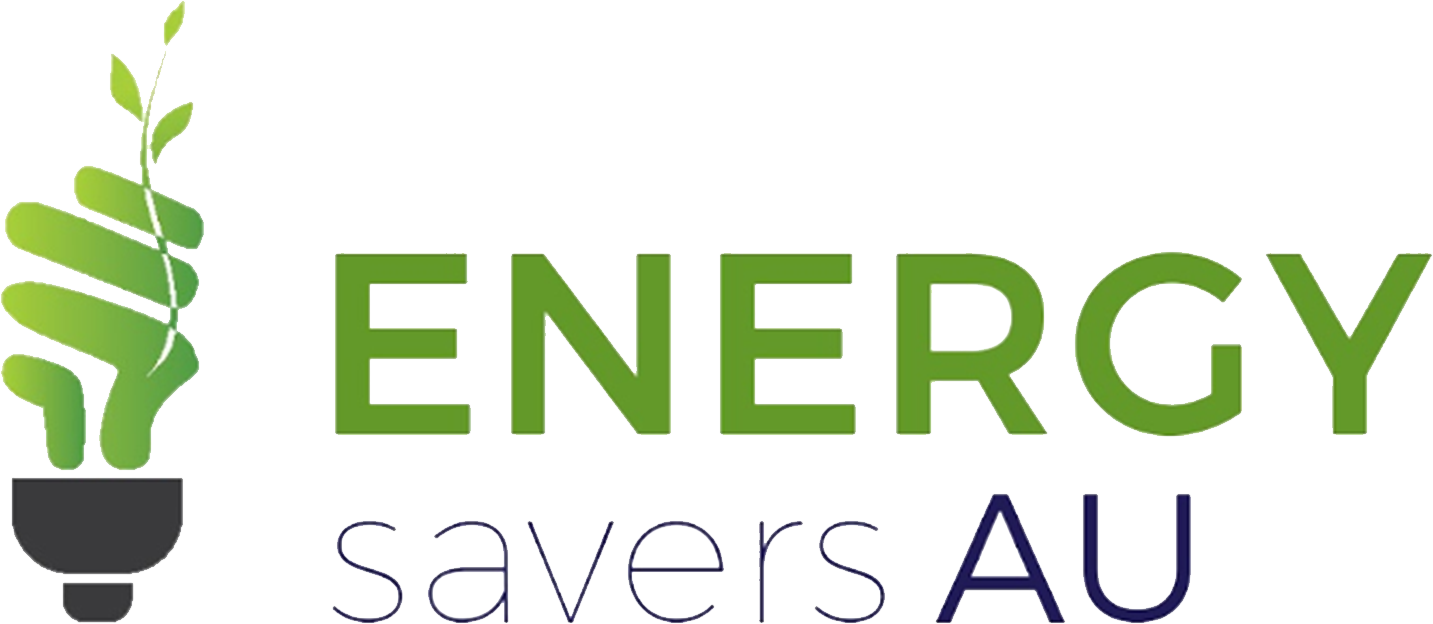About Energy Savers AU
Energy Savers AU is a holistic energy solutions provider based out of Australia. We are leading the charge to help Australians transition to clean energy and a low-carbon economy through end-to-end solutions that are good for people and the planet.
Our ecosystem of products and services are designed to be robust, reliable, and accelerate Australia to a carbon-neutral future.
Join us and take the step into a brighter, greener tomorrow.
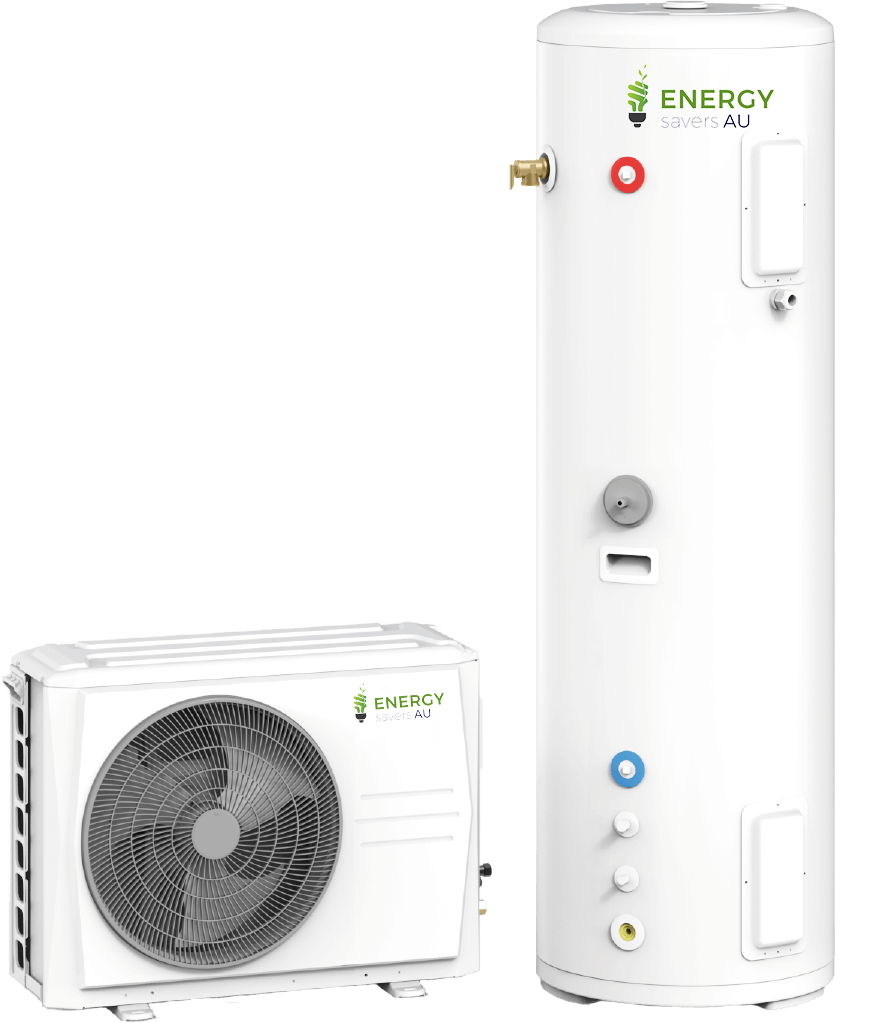
Why settle for systems that waste your money?
Not sure if you own inefficient systems that cause your bills to spike year-on-year?
Your money should be used the way you please, not on waste.
Our team will gladly guide you to understand if you can save even more from your utilities.

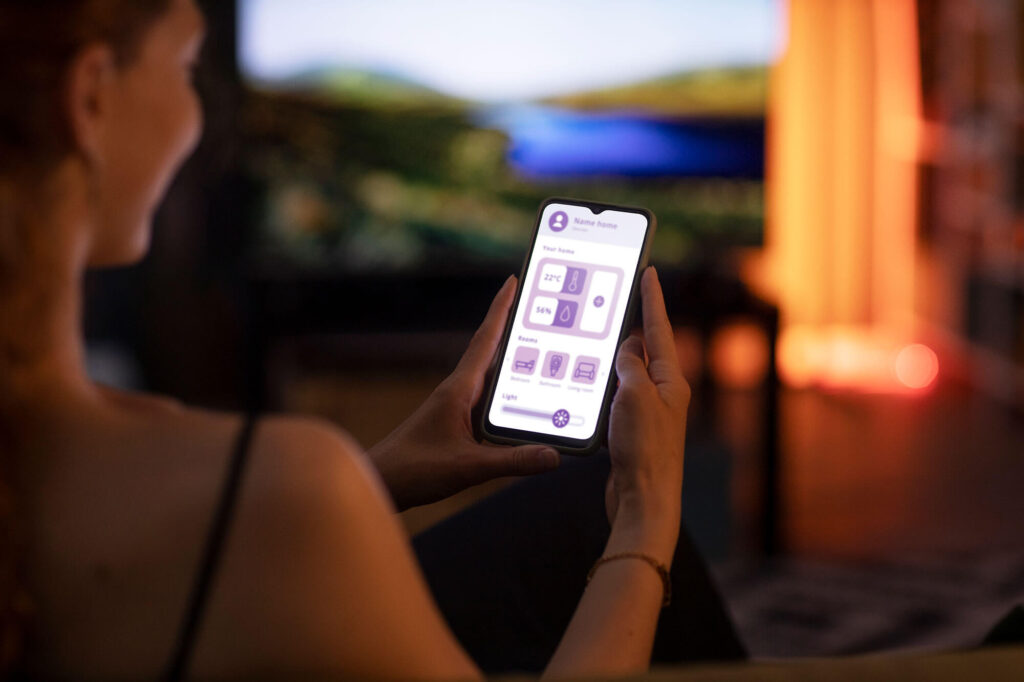
Our Vision
Our vision is to create a greener and cleaner world using Heat Pump technology to deliver reliable, efficient and affordable hot water which serves to minimise carbon footprint and maximise social impact.
We aspire to be the global leader in Heat Pump technology.
F.A.Q.
Have any Question?
There are several factors which influence the amount of energy savings an upgrade might yield, such as the local climate, amount of daily water usage and energy tariffs.
Heat pump powered water heaters are 200-350% more energy-efficient and consume 60-75% less electricity than heating element based resistance water heaters.
A typical 190L heat pump water heater consumes about 2.5 kW/day. this could amount to an $182.50 energy bill for water heating in a year, @ 20c/kW.
A conventional 190L electric resistance water heater consumes about 10KW/day and 3650 kW/year — which equates to $730/year, @20 cents/kW. Looking at this example, the heat pump in this case would save you about $547/year.
Heat pump powered water heaters are 6 – 7 times more efficient than gas fired water heaters and 3 – 3.5 times more efficient the conventional electric water heaters.
The Victorian state government is offering rebates to eligible Victorian businesses who are planning to replace a traditional water heater with an efficient air-sourced heat pump water heating unit.
The rebates / discounts are being offered to businesses located in Victoria state and Victorian households who are looking to replace their gas fired or electric water heaters with heat pump powered water heating units.
In NSW, homeowners and businesses in NSW can now apply for heat pump hot water rebates under the ESS (Energy Savings Scheme) program, similar to Victoria’s hot water rebate program.
Installing your new heat pump hot water system, and claiming the rebates could not be easier! We do absolutely everything for you! All you have to do is make the first step;
- Get in touch with us.
- Share the details of your existing water heating system and the documents required to claim the government rebates. We’ll also discuss the installation timeline.
- While we verify the details, our team will inspect your site.
- Our team of experts and professionals will install the unit in accordance with VEU guidelines and AS/NZS 3000 wiring rules.
- Afterwards, we will carry out our post-installation check to make sure everything is running 100%.
- We will apply for the rebates on your behalf.
As fun as DIY projects may be, installing a heat pump hot water heater yourself requires the expertise of a seasoned professional.
Aside from the professional skills required for plumbing and wiring a water heating unit, in order to be able to claim the government rebate, you must engage an accredited provider.
This is why we here at Energy Savers AU make the process as simple, painless and easy as possible from you. All you have to do is contact us, an then we do the rest for you! From assessment to installation and also claiming the rebate.
Heat pump based water heaters have a higher upfront cost than conventional gas-fired and electric water heaters.
As the running cost of a heat pump water system is approx. 75% less than conventional ones, after about 2.5 years the upfront costs are balanced, and your heat pump starts paying back in the form of energy savings.
The time to remove your previous water system and install your new heat pump hot water system will depend on factors such as the complexity of installation and whether electrical upgrades are required.
Typically, a standard replacement takes about 3–6 hours. This includes removing the existing electric water heater, cleaning the workspace, mounting and installing the new heat pump water heater, connecting the electrical and water connections, filling the tank and testing the system to ensure it’s working properly.
As with the traditional water heaters, heat pump water heaters also need regular maintenance.
We recommend you;
- Regularly inspect the water heater tank and pipes. Look for any damage or leaks. Also, ensure that the pipe-lines are properly insulated to achieve maximum efficiency.
- Drain the heat pump tank once a year to flush out any limescale build up at the tank base.
- Remove and clean the air filter (located at the top of the pump) once every 3–4 months. The system also has an inbuilt sensor that alerts the user and raises an alarm if the air filter needs to be replaced.
- Check temperature and pressure valve once a year. Open the valve and release the handle to check it returns to its closed position.
Clean the condensate lines (and empty the drain pan) once a year.
The average lifespan of heat pump powered water heaters varies between 10 – 15 years. The heat pump lifespan depends on factors such as:
- Heat pump installation; is it installed as per the manufacturer’s guidelines?
- The product and its parts quality,
- Maintenance,
- The location of the installation; e.g is there an object that is obstructing the airflow? etc.
Correct installation, using quality products, done by professionals followed by proper maintenance and upkeep will help extend the lifespan of your heat pump water heater.
Tasmania is the coldest state in Australia, where temperatures drop below -10°C in winter. Heat pump heaters continue to heat water efficiently even when the minimum temperature drops below -20°C.
In Victoria, the Eastern and Central regions (the high altitude regions of the Great Dividing Range), the lowest temperatures fall below 0°C in winter. The heat pump units that Time To Save install under the government program work seamlessly in those regions.
If you are unsure whether a heat pump hot water heater is ideally suited to where you live, contact us today, and we will be more than happy to help you navigate your questions or concerns.
Some modifications may be required to your existing water pipelines. Our team will inspect the site and let you know if we can use the existing plumbing.
The heat pump water heaters we installed under the VEU program work on a single phase 220-240 mains voltage supply having a 50Hz frequency and a minimum 15A current. These heat pumps are compatible with the supply sockets and standard voltage and current ratings in Victoria.
The space requirements are dependent on the dimensions and size of the heat pump.
Before the installation, our team will inspect the site for space and clearance requirements.
Yes. The heat pump water heating units can both be installed outdoors and indoors. In hotter climates, it is recommended that heat pumps are placed indoors.
In Victoria, cities like Mildura, Melbourne, Geelong, and Ballarat have relatively hotter weather conditions and indoor installations are recommended is such places.
The heat pump we install under the VEU program is designed to operate on a low noise level that is barely noticeable.
A spike in the operating noise level is usually caused if the installation is not done correctly, the place of installation is not suitable to the heat pump or one of its part is not working as it supposed to be.
The noise levels also vary depending on what brand and model of the heat pump you are installing.
Regularly maintenance is highly recommended in order to keep the noise levels low.
Projects Gallery
